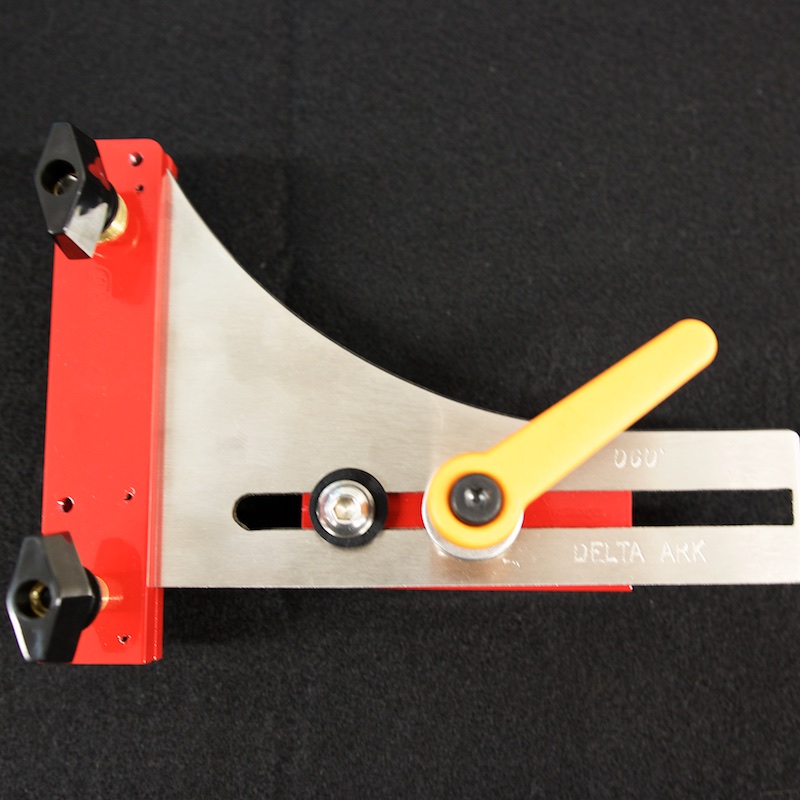
Both plugins also allow for bias adjustments, although the J37 is the more flexible of the two. However, 7.5 IPS can work well with lower-frequency sources, like kick and bass, if you don’t need the bass bump. 15 IPS places the bass bump well within the audible range and gives a better high-frequency response with less distortion. Having been raised on tape, I can vouch for the plugins’ ability to reproduce the sound of tape, as well as recognize what makes each of them different.īoth plugins can choose between 7.5 and 15 IPS (inches per second) tape speeds. Pepper’s Lonely Hearts Club Band), and the Kramer Master Tape, which models Ampex’s vintage machines. This is why even though I didn’t like working with tape, I like working with tape emulation: it emulates the sound of tape running on a perfectly aligned tape recorder, outfitted with brand-new tape heads, using virtual tape-whose virtual production run never has quality control problems! Waves offers two tape emulation plugins: the J37, modeled after the modified Studer 4-track deck used in Abbey Road Studios (most famously for the Beatles’ Sgt. Think of tape as a mechanical limiter that knew when, and how, to distort as it limited.

Depending on the recorder, the tape and the bias, distortion could become audible at input levels as low as -10 dB, or even lower. What’s more, the harmonic distortion was dynamic-it tracked input levels by being more distorted at a peak’s onset, and less distorted as the signal decayed.

It combined harmonic distortion, limiting, transient softening, and a low-frequency “bump” that helped lift the bass. Let’s not even discuss the cost of alignment tapes, re-lapping heads, or doing window splices in multitrack tape (and if you don’t know what a “window splice” is, be thankful you missed that part of audio history).īut the sound of tape was unique.

It stretched, self-erased high frequencies the more you played it, required constant maintenance, needed noise reduction (which had its own issues, unless you were slamming it with punk rock), cost a lot, depended on semi-subjective bias and EQ settings, was tough to store, the quality varied and of course.rewind and fast forward times. Dive into the sound and differences of the two emulations.įull disclosure: I didn’t like working with tape.

Abbey Road J37 and Kramer Master Tape give the authentic sound of two classic tape recorders-without the drama of maintenance, variable tape quality, or high tape costs.


 0 kommentar(er)
0 kommentar(er)
